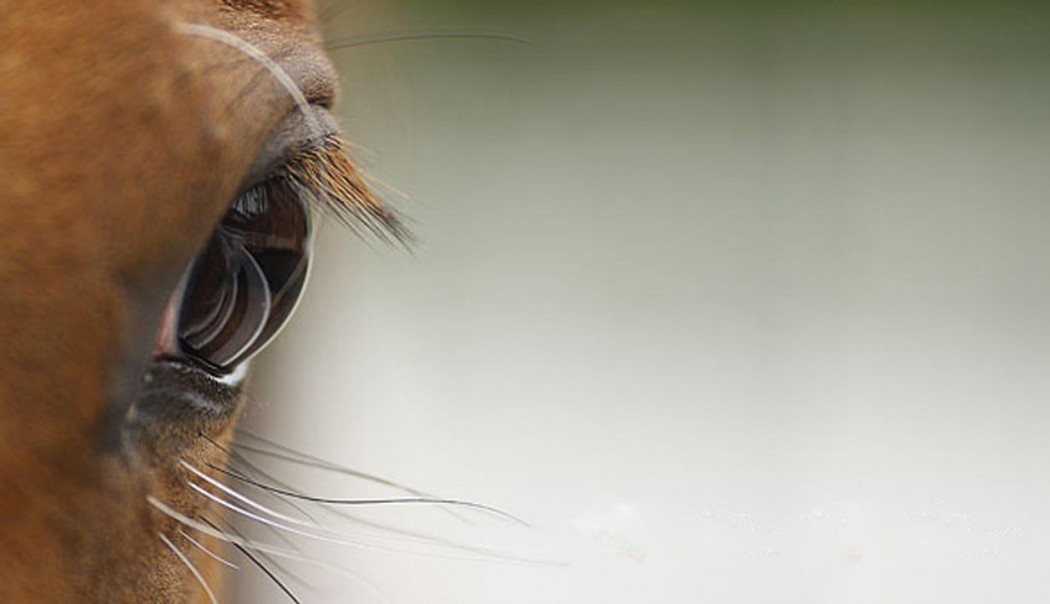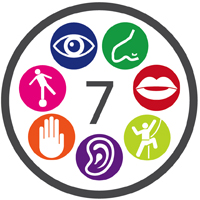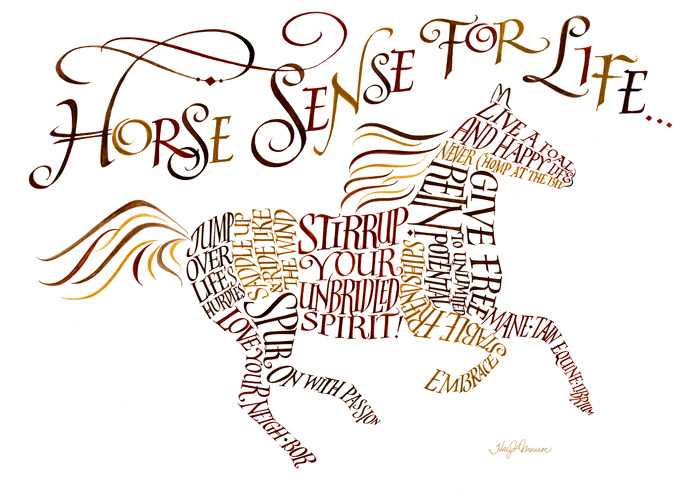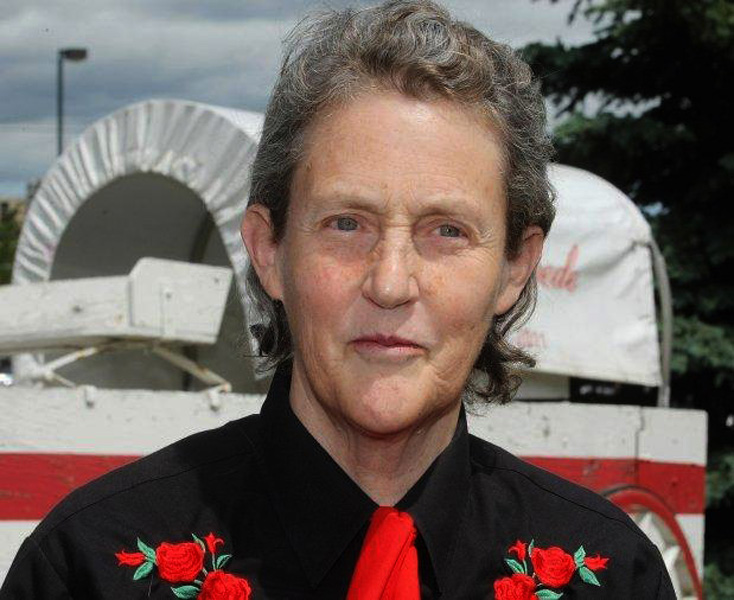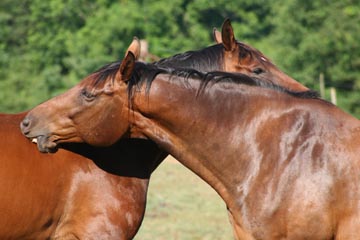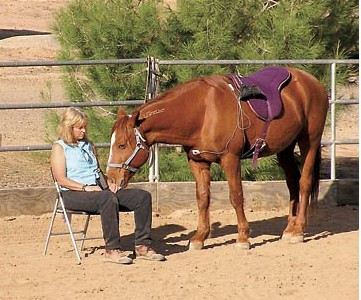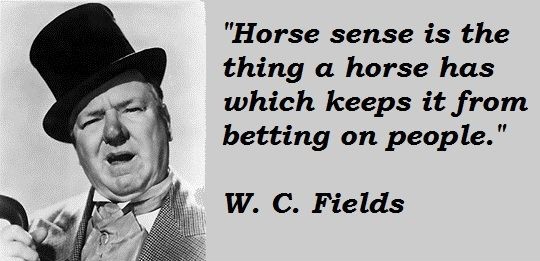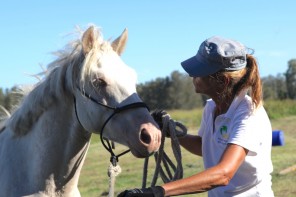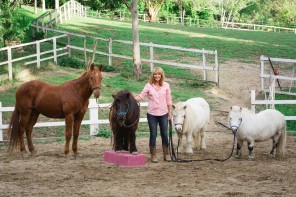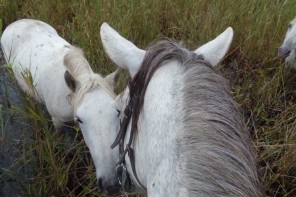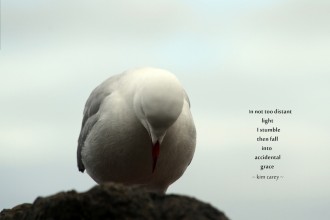Psychotherapist and equine facilitated healer Beate Sommer looks at the difference between human and horse sense – and suggests how we could learn some lessons from our equine friends.
Why do we say ‘something makes sense’ or ‘common sense tells me’ or ‘talking nonsense’? And what are we actually saying?
A sense is a physiological capacity of organisms that provides data for perception. The senses and their operation, classification and theory are overlapping topics studied by a variety of fields, most notably neuroscience, cognitive psychology (or cognitive science), and philosophy of perception. The nervous system has a specific sensory system or organ, dedicated to each sense.
The five traditionally recognized senses are:
- hearing
- sight
- taste
- smell
- touch
One might add:
- Vestibular – the perception of our body in relation to gravity, movement and balance, i.e. knowing you are moving when in an elevator, knowing whether you are lying down or sitting up and being able to walk a balance beam.
- Proprioception – the sense of the relative position of neighbouring parts of the body and strength of effort being employed in movement, it lets us know exactly where our body parts are, how we are positioned in space and to plan our movements, i.e. being able to clap our hands together with our eyes closed, write with a pencil and apply with correct pressure, and navigate through a narrow space. (7senses.org.au)
Therefore, senses are very much associated with the body and its physical functions providing information to the brain to be analyzed and processed.
However, when I think about common expressions containing the word ‘sense’, (here are a few more: ‘in a certain sense’, ‘bring someone to his senses’, ‘talk sense into someone’, ‘sensible’) it appears that mostly they relate to mind, being reasonable, level-headed, rational, intelligent and so on. In this sense, ‘sense’ appears to be relating more to cognitive functions and intellectual understanding.
There is also the well known description of our ‘sixth sense’, which is often explained as extrasensory perception (ESP). ESP involves the reception of information not gained through the recognized senses and not internally originated. According to the National Science Foundation ESP is listed as pseudoscience. The expression ‘sixth sense’ is somewhat misleading in that it falsely suggests that there is only one additional sense besides the traditional five senses. Humans have at least five additional senses that include: nociception (pain); equilibrioception (balance); proprioception and kinaesthesia (joint motion and acceleration); sense of time; thermoception (temperature differences); and possibly an additional weak magnetoception (direction).
And then there is the expression ‘horse sense’, meaning:
- Common sense; practical thinking as in:
Bob is no scholar but he has a lot of horse sense. Horse sense tells me I should not be involved in that project.[1]
- Sound practical sense, as in: She’s got too much horse sense to believe his story. [2]
- Ordinary practical knowledge of the best way to deal with people and situations.[3]
So where exactly do emotions fit into the picture??
Emotions are a mostly unacknowledged sense and have the whole body as their sensory organ. According to Dr. Candace Pert, the internationally recognised pharmacologist emotion is not exclusively generated by the brain but in sites all through the body and especially in the heart and the gut. Hence the expression ‘having a gut feeling’.
Horses have large and sensitive guts and therefore increased surface area for resonating with emotional energy. Animal scientist and notable Autistic Dr. Temple Grandin says that horses make sound, emotion-based decisions all the time. To horses, emotion is simply information.
In horse-human interactions, the horse senses underlying emotions, detecting the minutest changes in blood pressure, temperature, smell, body language, breathing and so on. If the human is putting on a face of confidence or cheerfulness while feeling frustrated, angry, afraid or sad, the horse detects this ‘mask’ as being incongruent with the muscle tension, raised heart rate, blood pressure and smell of the suppressed emotion.
When Grandin www.grandin.com talks about the emotion of ‘fear’, she mentions slow fear and fast fear. She says with slow fear the physical path through the brain takes twice as long than with fast fear. A scary stimulus coming in through the senses goes to the thalamus deep inside the brain, then to the cortex at the top of the brain for analysis.
With fast fear, the sensory information goes straight from the thalamus to the amygdala, avoiding the cortex. We have both options because we can’t get fast speed and accuracy in the same system. Fast fear can be so fast because it sacrifices accuracy.
The amygdala is the part of the brain that plays a significant role in the processing of memory, emotional reactions, trauma and fear.
Dr. Andrew McLean, (Equine Cognition and Learning), writes that out of all the domestic animals the horse has the largest amygdala yet on the other hand the horse’s heart rate is significantly lowered when groomed by other horses at the base of the neck. He goes on saying this also happens to a degree when groomed by a human in this way.
I find the latter particularly fascinating because it shows the horse as having a finely tuned fear system with all the associated sensitivity and follow through action on one end of the spectrum and the ability to deeply relax the nervous system on the other which is exactly where clarity, healing and growth can occur.
Dr. Ellen Kaye Gehrke writes in her 2010 article The Horse-Human Heart Connection that measurements of Heart Rate Variability (HRV) by the Institute of Heart Math are suggesting humans may affect each other beyond verbal cues or body language, possibly through an electromagnetic field we radiate. She goes on to explain the HRV as heart rhythm patterns or the intervals between consecutive heartbeats which are independent of heart rate.
The same would be true then for horses and humans. With my own horses I have noticed that the more affectionate I am with them, the more I connect to deep gratitude and open myself to the healing and growth potential of our relationship the more the horses seek closeness and affection from me and the more there is a silent understanding developing. It is possible to direct emotional energy and intention towards another being and be received. It is my experience that a healing always goes both ways and that this holds true both for human-human and horse-human encounter (provided we allow it and put our intention to it).
Gehrke uses the terms ‘coherence’ and ‘incoherence’ and says it has been observed that when a ‘negative’ emotion such as anger or sadness is experienced, the heart rhythms become more erratic and imbalanced, whereas when a ‘positive’ emotion such as love or joy is experienced, the heart rhythm patterns seem more ordered and balanced.
However, I have also observed that horses seem to experience energy imbalances and blocks as tension such as when a person spends his/her energy keeping an emotion such as sadness or anger down and puts on a mask of cheerfulness or confidence (outside doesn’t match inside). I call this incongruent and I wonder if the heart rhythm patterns become more ordered and balanced once the person allows the suppressed emotion to surface (outside now matches inside) yet still feels it even if it is a so-called negative emotion.
It is my experience that I can feel comfortable and relaxed feeling uncomfortable when I allow the emotional energy to simply be and flow through me and when I take all judgments away from it.
Gehrke says that preliminary studies suggest that the horse’s HRV has a greater influence on the human than the other way round. In my mind this makes sense considering that horses are able to drop their heart rates so very low. Still, I like to think that an interchange, a healing between horse and human can benefit both providing sufficient safety is created first and an open, compassionate and allowing space is held by the facilitator. I see this as a balance between guiding and stepping out of the way to let Spirit come through.
To come back to the inquiry about use and meaning of expressions containing the word ‘sense’ it seems wise to broaden our understanding of what intelligence is. Let us reawaken our senses and spend regular time paying attention to what our body is saying to us. And if ‘horse sense’ is synonymous with common sense and practical thinking, all the more reason to use our gut and heart to assist our mind in decision making!
Reawaken your senses in nature and with The Herd at AURORA VALLEY. Notice, align and integrate your own innate wisdom. Take time to smell the horses.
Visit Beate Sommer’s website at www.taketime2smellthehorses.com or ring on 0408 247 965.
Sources:
- Jennifer Forsberg Meyer, What’s Your Horse Thinking? Horse & Rider (2015)
- Dr. Andrew McLean, Attachment Theory – The New Dimension, Horse Care & Health/ www.horsemagazine.com (2013)
- Dr Ellen Kaye Gerkhen, The Horse-Human Heart Connection, Results of Studies Using Heart Rate Variability published in NARHA’s STRIDES (2010) www.7senses.org.au
[1] McGraw-Hill Dictionary of American Idioms and Phrasal Verbs.
[2] The American Heritage® Dictionary of Idioms by Christine Ammer.
[3] Cambridge Idioms Dictionary, 2nd ed. Copyright © Cambridge University Press 2006.

